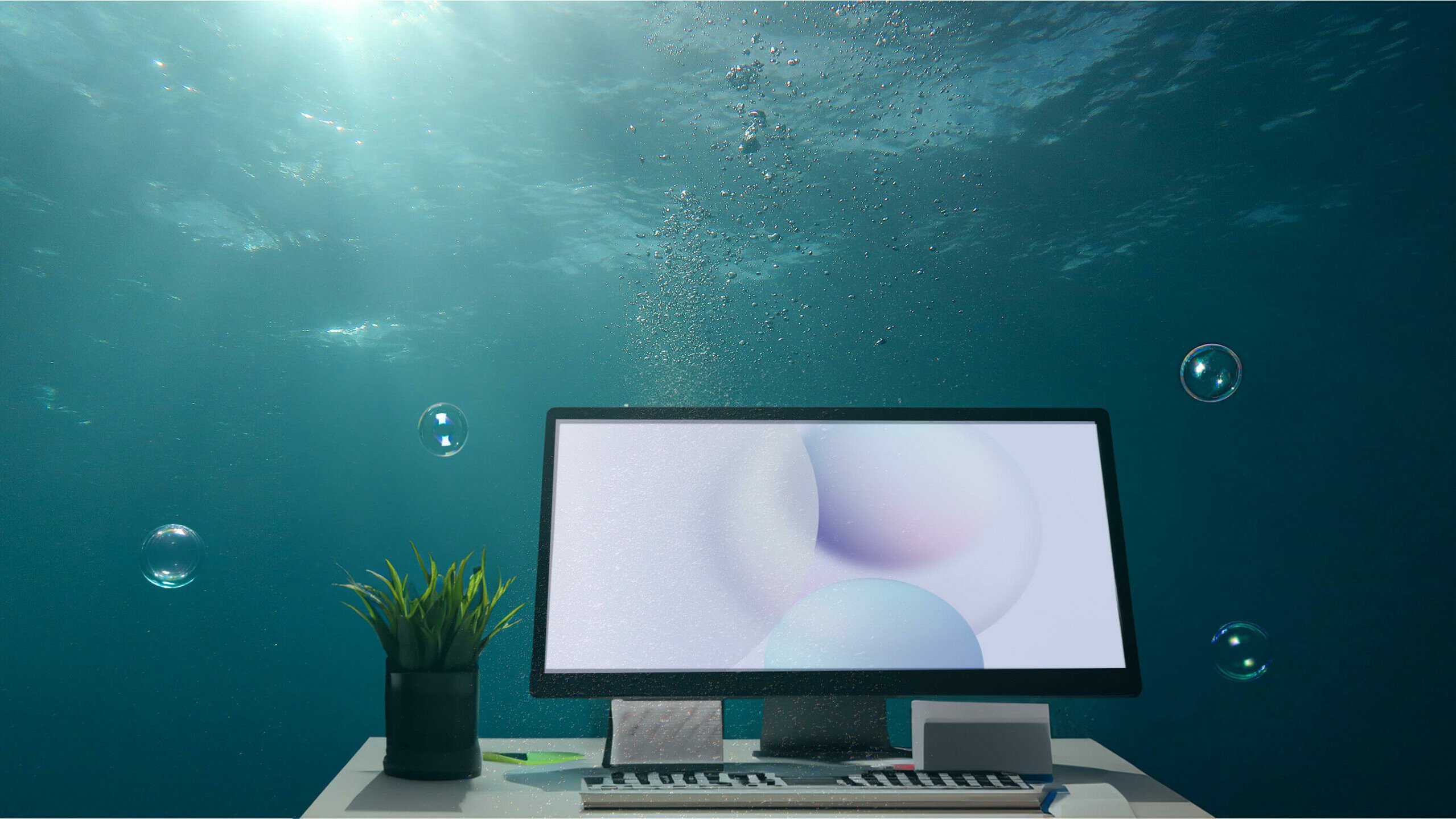
Can you believe it? We’re at the beginning of a brand new year! It’s exciting, but it’s also a little concerning. Changes are coming, and you need to be prepared. As a technical writer, you can expect several potential challenges to come your way due to evolving technologies and communication trends.
We thought we’d put together this guidance to help you prepare for three of the biggest challenges you can expect: technology changes, global expansion, and regulatory change. Let’s get started.
Adapting to Rapid Technological Advances
Being a technical writer in an ever-evolving technology landscape sometimes feels like playing a constant game of catch-up. Trying to stay abreast of rapid technological advances and ensure your documentation stays secure and accurate is nothing short of challenging.
As new technologies emerge and existing ones undergo continuous updates, the risk of outdated or inaccurate content is a huge concern. The impact on a business is clear – inaccurate or inconsistent content can lead to misunderstandings, security vulnerabilities, and diminished user experience.
So what can you do about it? The most important thing is to protect your content by following a structured content model. A structured content model ensures that technical documentation is consistently organized. It acts as a safeguard, providing a framework that can withstand the test of time and technological evolution.
The best tool for managing structured content is a component content management system (CCMS), specifically, one that is XML-based. XML is a universally recognized markup language, enabling a complete separation of content and layout. By giving you that separation, you can quickly adapt your content to any channel or format.
You may wonder why you couldn’t use only an XML-based authoring tool and get the same benefits. If we only speak of authoring content, you could use such a tool. But there’s more to managing technical documentation than authoring, and that means you would need multiple tools to provide all the capabilities required to create, manage, and publish your content across channels (e.g. website, PDF, customer support system, GitHub, Amazon S3, and others).
A CCMS simplifies the complex task of managing evolving technical content. It is a single tool that provides many capabilities and can integrate easily with other technologies. Not only can you author content using XML, but you are creating it in a way that supports reuse. So you can create content once and reuse it in multiple places (e.g., implementation manual, FAQs, knowledge base article, user guide). This streamlines the workflow for technical writers and ensures that content remains consistent everywhere it’s used.
Essentially, an XML-based CCMS offers a stable foundation for managing technical documentation in the face of ever-changing technological landscapes.
Content Localization for Global Audiences
When a business goes global, technical writers face a significant challenge – managing documentation that works for people in different countries and languages. It’s not just about translation; it’s about keeping things clear and consistent while catering to different languages and cultures. It’s a real puzzle.
Technical writers must create materials that can be translated seamlessly and applied to various cultures. Think about managing all the minute changes that may be required – a term, a single sentence, or a complete document, and tracking it back to the source content.
A CCMS is a better choice to help you manage global content for a few reasons. For starters, it enables you to manage your content and its translations in the same place by including translation management capabilities internally or by integrating with third-party translation management systems.
By keeping all content within the same platform, a CCMS streamlines the translation workflow. You can get very granular in the content you send to translation because your technical documentation is broken down into topics or components. The modular nature of the content allows for targeted translation efforts, ensuring that only the necessary elements are adapted. This approach makes the translation process more efficient and reduces the likelihood of errors associated with content transfer between tools.
Roger Gelwicks, Paligo Solution Engineers, explains it perfectly:
“This is really helpful for the future if and when your content changes – for example, if a few words change in one paragraph or you need to add another paragraph. More often, the translation changes that will be needed are not going to be substantial since you only changed a few words or added a new paragraph. … That way, there’s no need for the translators to translate everything from scratch all over again. They can just focus on the areas that have changed, which really speeds things up and makes the process much less expensive.”
If you want to take your technical documentation to a global audience, a CCMS emerges as a comprehensive solution that can help you overcome the hurdles of creating and managing technical content for a global audience.
Compliance and Regulatory Changes
In the coming years, industries like healthcare, finance, and manufacturing will likely witness a slew of new regulations to address emerging challenges and ensure the highest standards of safety, security, and ethical practices. A lot of technical documentation is required for these industries, and keeping your documentation compliant while adapting to new rules and standards will be a continuous challenge.
Technical writers play a pivotal role in this scenario, acting as the bridge between complex regulatory language and user-friendly documentation. As we approach the new year, there are some things you can do to ensure you keep your technical documentation up-to-date with the latest compliance and regulatory requirements, starting with using the right technology to manage your content – a CCMS.
A component content management system serves as the central repository for all your compliance-related content, including regulations, policies, procedures, and guidelines. It’s a single place to author, manage, and publish documentation, ensuring everyone on the compliance team can access the latest and approved versions of compliance content. It also provides clear audit trails to support audits and inspections.
Failure to align technical documentation with the most recent regulatory frameworks can expose businesses to risks, including legal consequences and reputational damage. This could happen if you use multiple tools to manage documentation, including documentation that must be available in multiple languages, as previously discussed.
Remember, staying abreast of the latest compliance requirements ensures not only legal adherence but also fosters a culture of responsibility and transparency.
Turn Your Challenges into Opportunities
Anything can happen in a new year. Being as prepared for change as much as possible is the one thing technical writers and decision-makers can do. Whether it’s new technologies, moving into new markets and countries, or keeping up with compliance and regulatory changes, you must align yourself with the right tools and processes that enable you to be flexible and adaptable.
And if you would like to explore your options when it comes to the right software for your business, take a look at our article “Which Documentation Software Fits Your Needs?“
Share
Author

Barb Mosher Zinck
Barb Mosher Zinck is a senior content marketer and marketing technology analyst. She works with a range of clients in the tech market and actively tracks and writes about digital marketing, customer experience and enterprise content management. Barb understands the value of technology and works hard to inform and encourage greater understanding of its role in the enterprise



